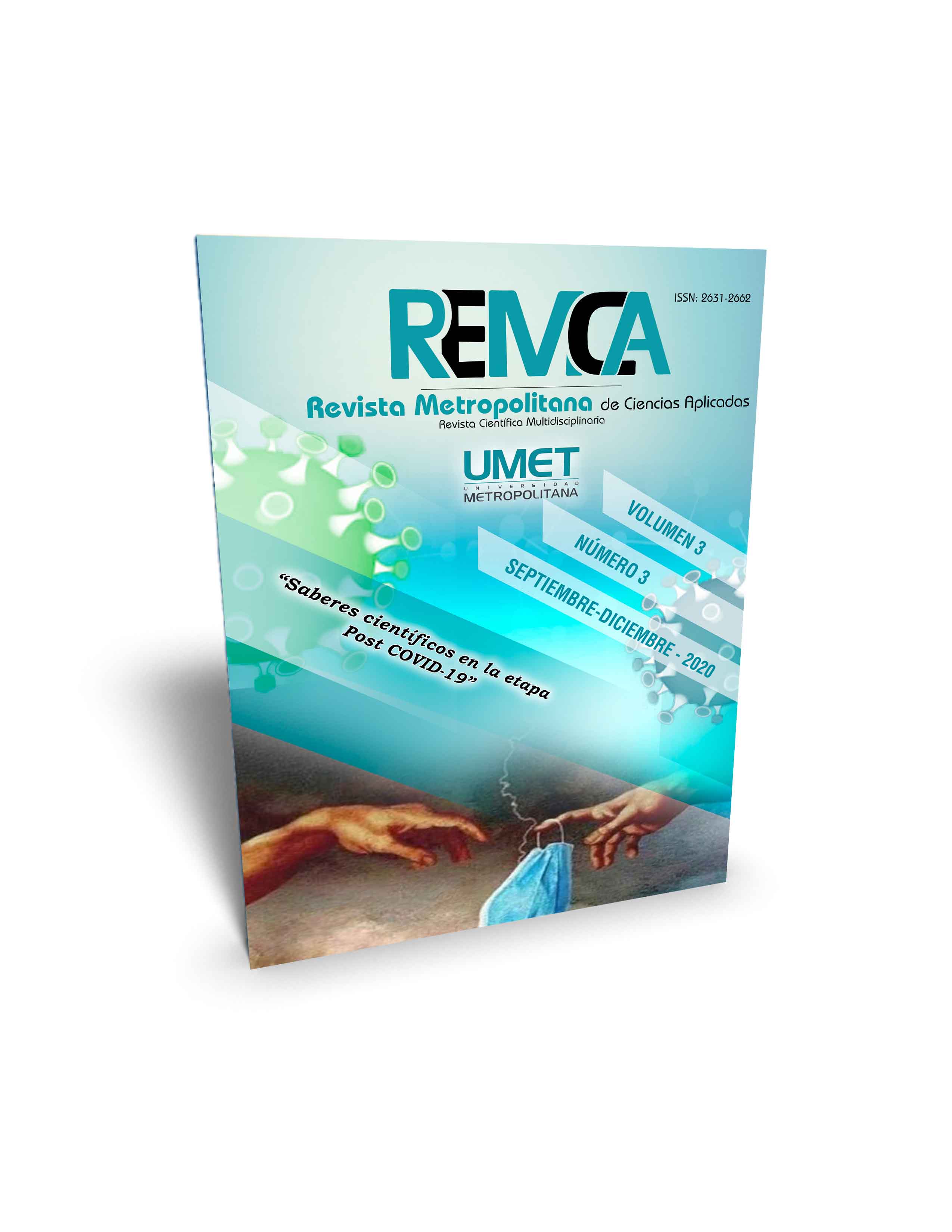Proposed merger of a methodology for multimedia with the unified process evidence in a real case
DOI:
https://doi.org/10.62452/bxqdzf25Keywords:
Multimedia, unified process, educational softwareAbstract
Technologies in education facilitate student learning and self-study. Among them, educational multimedia, which provide the necessary information for the student to study in an enjoyable way, fix the knowledge and correct any mistakes that may be made in the process. An Application Development Methodology, which considering the requirements, design and development of an educational project. Complementing it with the Unified Software Development Process and documenting it with the help of UML (Modeling Language), makes it possible to have a common language for the entire development team, through descriptions and diagrams that represent the analysis, design and implementation. This work aims to show a proposal for integration between the Unified Development process, with the proposed methodology, considering the models through UML. As a result, the development of educational software has been documented in an understandable way, which will allow it to be a guide for students of the Metropolitan University when carrying out this type of research.
Downloads
References
Baquero Hernández, L. R., Argota Vega, L. E., Rodriguez Valdés, O., & Ricardo, F. Á. (2016). Método para el modelado y prueba de Diagramas de Casos de Uso mediante redes de Petri. Revista Cubana de Ciencias Informáticas, 10, 138-149.
Belloch Ortí, C. (2012). Unidad de Tecnología Educativa (UTE). https://www.uv.es/bellochc/pdf/pwtic5.pdf
Bolaño García, M. (2017). Uso de Herramientas Multimedia Interactivas en educación preescolar. Didáctica, Innovación y Multimedia (DIM). https://ddd.uab.cat/pub/dim/dim_a2017m5n35/dim_a2017m5n35a4.pdf
Domínguez Pérez, C., Organista Sandoval, J., & López Ornelas, M. (2018). Diseño instruccional para el desarrollo de contenidos educativos digitales para teléfonos inteligentes. Apertura, 10(2), 80-93.
Durán Blandón, E. (2011). El uso del uml en la fase de análisis del proceso de desarrollo de un software educativo. Ingeniería Solidaria, 7(13), 83-91.
Fernández Marín, M. Á., Nacimba Quinga, A. C., Gutiérrez Rodríguez, F. Á., & González Tolmo, D. (2019). Multimedia educativa para el desarrollo de habilidades lógico-matemáticas en niños de inicial II. Revista Metropolitana de Ciencias Aplicadas, 2(2), 204-213.
González Morales, L. (2017). Metodología para el diseño instruccional en la modalidad b-learning desde la Comunicación Educativa. Razón y Palabra, 21(98), 32-50.
Gottberg de Noguera, E., Noguera Altuve, G., & Noguera Gottberg, M. A. (2011). Una metodología de desarrollo de software para la enseñanza universitaria. Universidades, 50, 49-57.
IEEE Computer Society. (1998). Recommended practice for software requirements specification. http://www.math.uaa.alaska.edu/~afkjm/cs401/IEEE830.pdf
Jacobson, I., Booch, G., & Rumbaugh, J. (2000). El Proceso Unificado de esarrollo de software. Madrid: Pearson Education. S.A.
Joya Santana, G., & Cristancho C, O. (2016). Metodología para elaborar recursos educativos mutimediales(Meterem). Revista Ingeciencia, 1, 24-32.
Larman, C. (2003). UML y Patrones. Pearson Educación SA.
Latorre, A. (2003). La investigación-acción.Conocer cambiar la práctica educativa. Graó.
Pressman, R. S. (2010). Ingeniería del software. Un enfoque práctico. MacGraw-Hill.
Schwabe, D., & Rossi, G. (1996). An Object Oriented Approach to Web-Based Application Design. Obtenido de Proceedings of the ACM International Conference on Hipertext (Hypertext'96): http://www-di.inf.puc-rio.br/schwabe/papers/TAPOSRevised.pdf
Silva Avila, A. E., Ledezma Zamora, E. G., Castorena Peña, J. A., Domínguez Lugo, A. J., & Riojas Martínez, A. (2018). Utilidad del Lenguaje Unificado de Modelado (UML) en el desarrollo de software profesional dentro del sector empresarial y educativo. Cienciacierta, 56.
Vidal Ledo, M. (2010). Multimedias educativas. Revista Cubana de Educacion Medica Superior, 24(3), 430-441.
Downloads
Published
Issue
Section
License
Copyright (c) 2020 Miguel Ángel Fernández Marín, Débora González Tolmo (Autor/a)

This work is licensed under a Creative Commons Attribution-NonCommercial-ShareAlike 4.0 International License.
Authors who publish in Revista Metropolitana de Ciencias Aplicadas (REMCA), agree to the following terms:
1. Copyright
Authors retain unrestricted copyright to their work. Authors grant the journal the right of first publication. To this end, they assign the journal non-exclusive exploitation rights (reproduction, distribution, public communication, and transformation). Authors may enter into additional agreements for the non-exclusive distribution of the version of the work published in the journal, provided that acknowledgment of its initial publication in this journal is given.
© The authors.
2. License
The articles are published in the journal under the Creative Commons Attribution-NonCommercial-ShareAlike 4.0 International License (CC BY-NC-SA 4.0). The terms can be found at: https://creativecommons.org/licenses/by-nc-sa/4.0/deed.en
This license allows:
- Sharing: Copying and redistributing the material in any medium or format.
- Adapting: Remixing, transforming, and building upon the material.
Under the following terms:
- Attribution: You must give appropriate credit, provide a link to the license, and indicate if any changes were made. You may do this in any reasonable manner, but not in any way that suggests the licensor endorses or sponsors your use.
- NonCommercial: You may not use the material for commercial purposes.
- ShareAlike: If you remix, transform, or build upon the material, you must distribute your creation under the same license as the original work.
There are no additional restrictions. You may not apply legal terms or technological measures that legally restrict others from doing anything the license permits.




